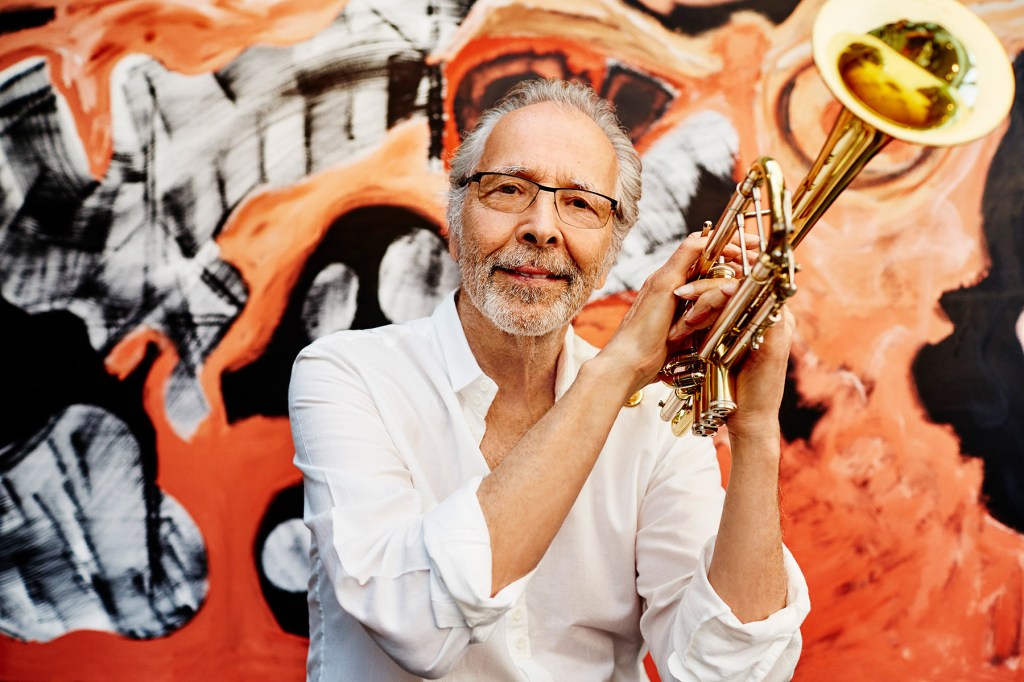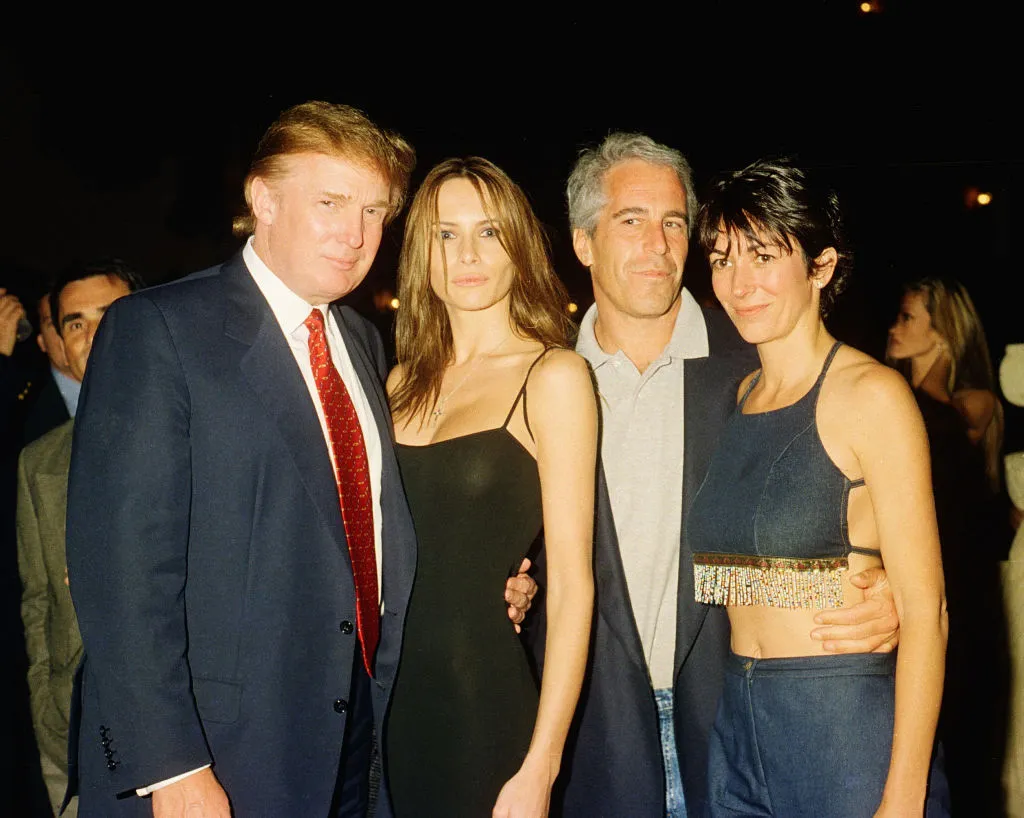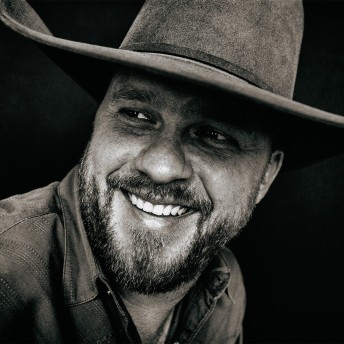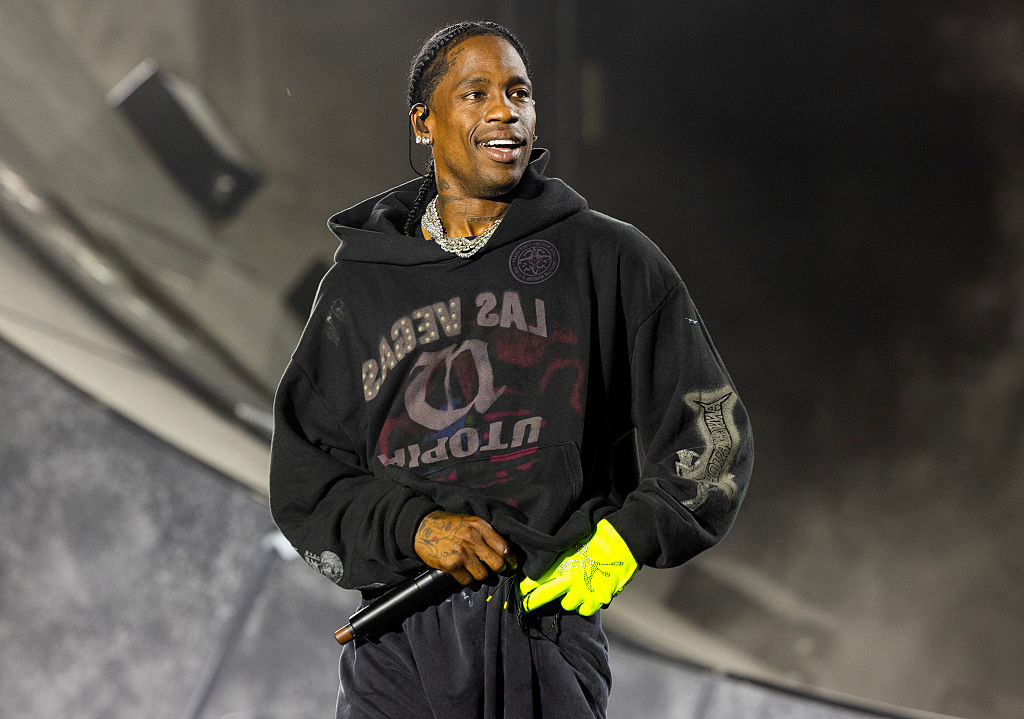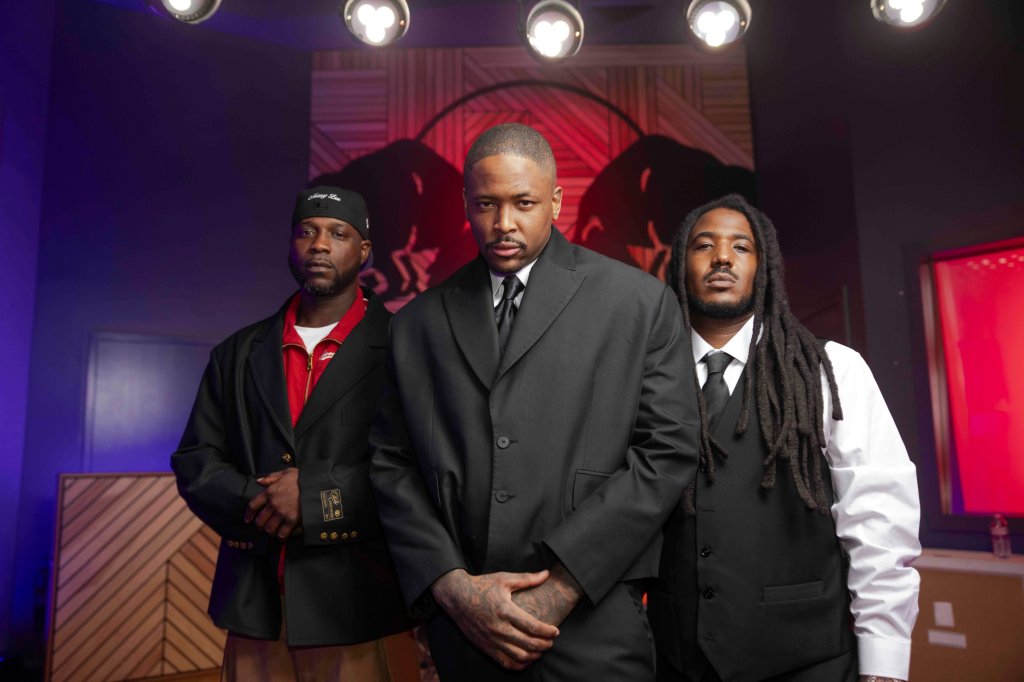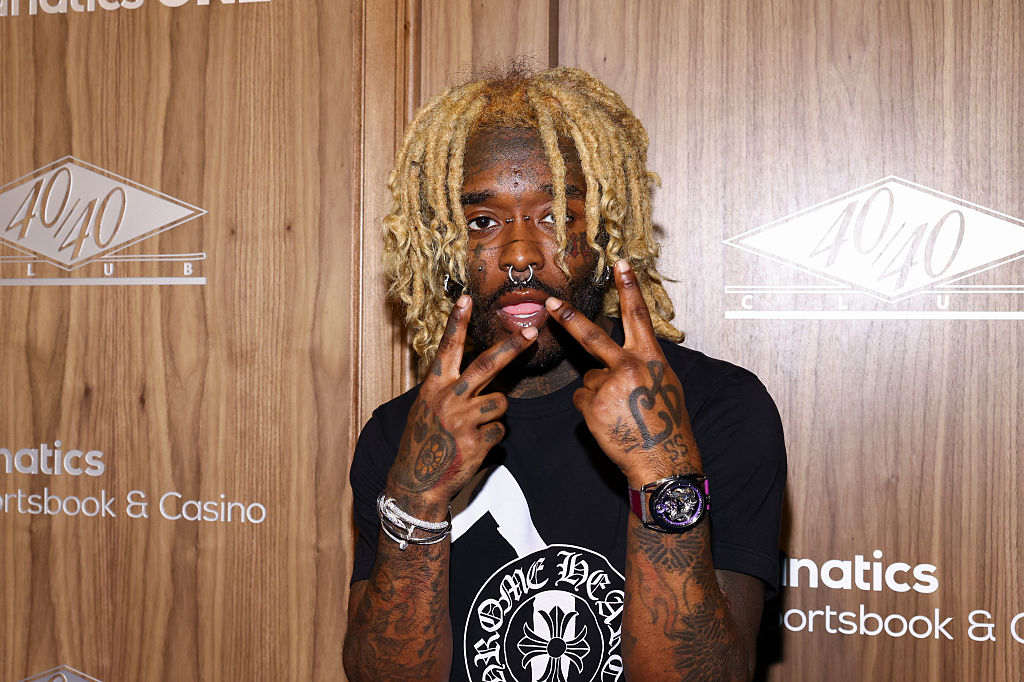Blog
Page: 102
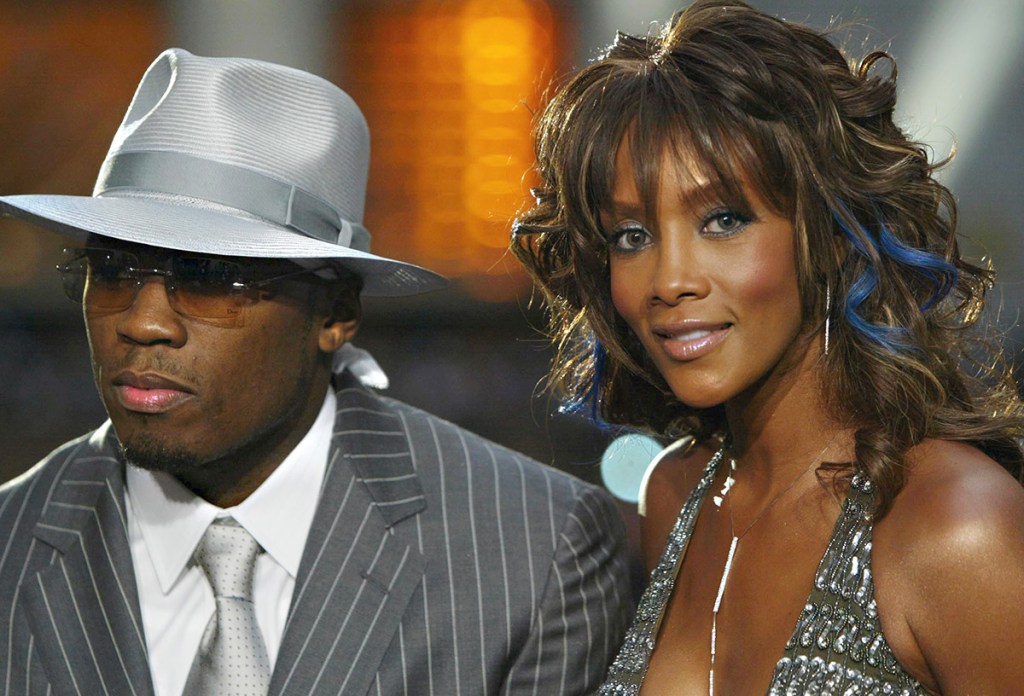
Trending on Billboard 50 Cent can’t deny that he’s still into Vivica A. Fox — even if his former flame said she would advise her younger self not to date the Grammy-winning rapper. Late Monday night (Nov. 10), the “Many Men” rapper took to Instagram to respond to Fox’s viral comments. “Either way I’m a […]
Trending on Billboard
Herb Alpert says he’s returned to holiday music as another thing to do — and for all the right reasons.
“I just like making music,” says the iconic trumpeter, composer and record company executive, who delivered Christmas Time Is Here, his third holiday set, on Nov. 7. “That’s what I do to stay healthy. I like to record, and if I can find a song that haunts me for some reason and do it in a way that’s different, that people haven’t heard before…that’s what I like to do. I picked out a bunch of songs, and even though I’ve recorded a couple of these songs before I felt I could put another spin on them.”
Holiday albums have certainly been good for Alpert during his 67-year recording career, which has put him in the Rock & Roll Hall of Fame and on the Hollywood Walk of Fame and earned him a National Medal of Arts. Alpert’s first seasonal effort, Christmas Album in 1968, went gold, per the RIAA; 2017’s The Christmas Wish hit No. 2 on the Jazz Albums chart and No. 5 on the Top Holiday Albums chart.
“They sell every year,” Alpert notes. “You put ’em to rest for 11 months and they come back like they’re almost fresh. They’re good songs, and when you pick good songs, I think people appreciate that.”
Alpert tried a few different things with some of the 12 tracks on Christmas Time Is Here. Particularly notable is his new cover version of the Rodgers and Hammerstein standard “My Favorite Things” from The Sound of Music, which Alpert kept melodically faithful within a revamped arrangement. “I always liked that melody,” he explains. “It’s written in 3/4, like in a waltz time. I found a way to do in 4/4 that seemed like it fit the song. There’s been so many recordings of (the song), but this one certainly doesn’t sound like something that’s been overplayed.” Alpert, who’s joined by keyboardist Jeff Lorber on several of the songs, also lent a New Orleans flavor to the staple “Jingle Bells” and incorporates some vocals into the mostly instrumental set on tracks such as “Sleigh Ride” and Mariah Carey’s “All I Want for Christmas Is You.”
“It takes relaxation and not thinking too hard,” he says of the process. “I’m not trying to make a hit record that’s going to sell a zillion copies. I’m just trying to make something that feels good to me. I’m always looking for that. That’s my goal, to make music that feels good. So when I hit on a type of arrangement just felt right, felt interesting, that’s when I felt like (the songs) deserved to be done again.”
“All I Want for Christmas Is You” is the most contemporary selection on the set but one that’s certainly been on Alpert’s radar since its 1994 release. “I always thought it was a really good song, good melody, nice lyric — it didn’t surprise me that record of hers did so well,” he says of the perennial Billboard Hot 100 topper. “It’s always melody first; like Quincy Jones once said, you can take the greatest singer in the world, and if the song’s not there the record won’t be any good.”
Christmas Time Is Here comes in the midst of a variety of celebrations for Alpert during the past year-plus. During September of 2024 he released 50, his — wait for it — 50th studio album. This year, meanwhile, he turned 90 (on March 31) and has been commemorating the 60th anniversary of his breakthrough Whipped Cream & Other Delights — his first of five No. 1s on the Billboard 200 — by touring with a reconstituted Tijuana Brass, which hit the road again Nov. 9 with dates booked into next summer.
“It’s this new renaissance; I can’t believe what’s happening,” Alpert says. “I’m 90 years old and I’ve got this audience that wants to hear music that I did 60 years ago. I’m doing it for the right reasons; it’s something I have to do. It gives me energy; It gives me a reason to be. I like it, and I get a chance to make a lot of people happy. That seems like a good deal. I didn’t expect this to be happening at my present age.”
There’s more to come, he says. Alpert is planning to release a live album from the tour, though no release date has been determined. Meanwhile, he adds, “I’ve got a whole bunch of songs that are ready to be released,” again without a firm plan yet, and he’s confident there will be even more after that.
“That’s what I love to do,” he says. “I love to record. I love to work. I have a Logic (recording) system, and it keeps my brain working. I play the horn just about every day of my life. I’m a right-brain guy — I paint and sculpt and blow the horn. I’ve got this gift, and I love that I get to share it with people.”
On Wednesday morning (November 12), Democrats on the House Oversight Committee released a new set of emails from disgraced financier Jeffrey Epstein, in which he alleges that President Donald Trump had keen knowledge of his activities in abusing young women. The emails, taken from thousands of documents received by the committee, are part of the committee’s investigation into Epstein and his accomplice, Ghislaine Maxwell, and their ties to the president, who has denied knowing Epstein.
“These latest emails and correspondence raise glaring questions about what else the White House is hiding and the nature of the relationship between Epstein and the president,” said Representative Robert Garcia of California, the top Democrat on the committee. The emails were from three conversations, one with Maxwell and two with author Michael Wolff, years after Epstein’s falling out with Trump and his 2008 plea deal in Florida on state charges of soliciting prostitution.
In the email to Maxwell, Epstein wrote, “I want you to realize that dog that hasn’t barked is Trump.” He then wrote that an unnamed victim “spent hours at my house with him ,, he has never once been mentioned.” Maxwell replied, “I have been thinking about that.” Maxwell is serving a 20-year sentence after being convicted of charges related to helping to facilitate Epstein’s abuse. The revelation comes as Democrats, citing a whistleblower, claim that Maxwell intends to ask Trump for a commutation of her sentence this week.
In one of the other email exchanges with Wolff, Epstein wrote of Trump: “Of course he knew about the girls as he asked Ghislaine to stop.” In the third email exchange from 2015, Wolff had asked Epstein if he was prepared for CNN to ask Trump about their relationship, and advised him to not engage. “I think you should let him hang himself,” Wolff wrote, adding that it could “save him, generating a debt.”
The revelations come as the House of Representatives is set to vote on a funding bill passed by the Senate to end the government shutdown. House Majority Leader Mike Johnson is also expected to swear in Democrat Adelita Grijalva, whom he resisted swearing in after she won her election two months ago. It’s believed that once sworn in, she will be the final signature on a bipartisan petition forcing a House vote demanding that the White House release all of its files on Epstein, which it has adamantly refused to do.
—
Photo: Getty
Trending on Billboard
Cody Johnson and his wife Brandi Johnson welcomed their third child, and first son, last month.
During an interview with Lon Helton’s Country Countdown USA, Johnson revealed that the couple had welcomed their third child, son Jaycee Daniel Johnson, on Oct. 21. In May 2025, while on the red carpet at the Academy of Country Music Awards, Johnson revealed the couple was expecting their third child.
Jaycee joins the couple’s older children, daughters Clara Mae (born in 2015) and Cori (born in 2017). In May, Johnson told People about expecting his first son, “My girls… you can’t beat my girls, I love my two girls with all my heart. They’re 10 and 8, Clara and Cori, and I think I’m excited to watch them help raise this little boy.”
Explore
See latest videos, charts and news
Johnson also added that he felt “a lot better off now as far as career and financially, than I was when we had [our daughters]. He’s gonna get a horse a little quicker than my kids did. He’s going to get to do some things a little quicker than my daughters did.”
Heading into next week’s CMA Awards, slated for Nov. 19, Johnson is nominated for four trophies, including entertainer of the year and male vocalist of the year, as well as music video and musical event of the year (for “I’m Gonna Love You” with Carrie Underwood).
Last year, Johnson sold out his first stadium show at Globe Life Field in Arlington, Texas. He recently had to cancel his remaining tour dates for 2025 due to a ruptured ear drum, but has plans to head out on the road again in 2026.
“It is with a very heavy heart I have to share the remainder of this year’s concert performances will not be able to happen. While battling a severe upper respiratory and sinus infection, I burst my ear drum. The severity of the rupture means I must undergo immediate surgery. The healing process will take many weeks, and it is not possible for me to sing during this time. Without the surgery my downtime could be months. I pray for full healing so I can get well and return to doing what I love. Thank you COJO Nation for the love and support now, and always,” Johnson said in a statement on his official site announcing the canceled tour dates.
As sneaker fans await the Travis Scott x Air Jordan 1 Low SP “Fragment” raffle to go live on his website, the Utopia artist is already teasing his next release. And best believe hypebeasts are already sizing up the drop as Travis Scott’s Jordan 1s remain a hot commodity out on these streets.
According to Sneaker News, Travis Scott debuted the long-rumored Travis Scott x Air Jordan 1 Low “Sail/Shy Pink” this week, and while we know these will be one of the most limited releases, they’re still giving sneaker heads something to look forward to when it inevitably releases sometime in 2026.
Per Sneaker News:
Paired by the rapper with a workwear jacket and two Chanel bags, the Travis Scott x Air Jordan 1 Low OG “Sail/Shy Pink” delivers a surprisingly simplistic build, keeping to a two-tone off-white and white script, with the obvious exception of the fuschia Reverse Swoosh cutting across the lateral side. Outside of the Hiroshi-assisted edition, this “return” is notable given that 2025 was seemingly marked as an opportunity for Scott to place his full weight behind his two signature shoes: the Jordan Jumpman Jack and Nike Zoom Field Jaxx. Despite some solid showings for either shoe in various colorways, his work on the AJ1 remains one of the more formidable forces in the footwear world, now potentially returning to a “full-speed-ahead” approach.
These go hard, but best believe they won’t be an easy cop, as any Air Jordan remixed by Travis Scott tends to be hard to get. Travis Scott’s own sneaker line with Jordan Brand, on the other hand, is another story.
Check out pics of the Travis Scott x Air Jordan 1 Low “Sail/Shy Pink” below, and let us know if you’ll be trying to get a pair in the comments section below.
—
Photo: Getty
Red Bull Spiral, the innovative cypher series from the minds of Red Bull 1520, unleashed their latest freestyle from three of the West Coast’s most talented lyricists. YG, Mozzy, and Jay Rock all delivered a strong showing on the Red Bull Spiral set, putting on for their respective neighborhoods and sets.
For the fourth episode of the third season of Red Bull Spiral, “Bompton” star YG, Sacramento spitter Mozzy, and Watts stalwart Jay Rock displayed their unique and versatile abilities over a solid and funky West Coast bop from producer Smokey Beats.
YG kicked it off by addressing chatter that he’s no longer in the spotlight, but quickly reminded listeners why he was able to capture ears with a reinvigorated flow and a clever nod to Red Bull in his closing line. Mozzy, who dropped his last album, Intrusive Thoughts, earlier this year, followed with some of that Oak Park flavor. On the anchoring verse, TDE mainstay Jay Rock delivered a blistering verse that reminds us that we are all waiting for his upcoming Eastside Johnny album.
Not to be vague about it, but most fans of these artists are aware of their affiliation with a particular inner city group as they’ve revealed in their bars here and over the years.
Check out the Red Bull Spiral freestyle session with YG, Mozzy, and Jay Rock below.
—
Photo: Red Bull 1520
Trending on Billboard Electronic music producer Gryffin has returned to WME seven months after making a jump to Wasserman. WME agents Kyle Bandler and Brett Schaffer will represent him in all global territories. A longtime figure in the dance/electronic scene, Gryffin is managed by Myles Shear and Parker Aimers at Palm Tree Management. Shear and […]
Source: Stephanie Augello / Getty
Lil Uzi Vert may be hip-shaking all the way to the courtroom after being hit with a lawsuit for his song, “Just Wanna Rock.”
An artist named Rief Rawyal is alleging that Lil Uzi Vert stole elements from his song, “Pain and Pleasure.” The track marked Rief’s reintroduction to music after taking a few years off. He claims the Philly rapper’s hit song “copies the original hook, melody, and theme” of his own. One part in particular stood out and made users online raise an eyebrow when Rawyal chants, “When I rock ah ah.”
In the words of Soulja Boy, he may have taken his flow, “bar for bar” (allegedly).
Vert dropped the “blickin” anthem on October 17, 2022, a track that had everyone and their mama in a chokehold. In fact, Lil Uzi’s hometown team, the Philadelphia Eagles, used “Just Wanna Rock” as their Super Bowl tunnel song in 2023, where he also performed the record while walking the team out. Since then, it looks like he may have to cough up some cash for the hit. Rief Rawyal says he originally sent a cease-and-desist to Atlantic Records, which he believes was met with a response in the form of a parody from Lizzo (also under Atlantic) mocking his song “Pain and Pleasure.”
Rief is currently seeking $110 million in damages from a gang of people, including Uzi, Atlantic Records, Roc Nation, Generation Now, and Warner Music Group.
Trending on Billboard Clipse took it back to the trenches for the “F.I.C.O.” visual featuring a lift from Stove God Cooks. Directed by Hannan Hussain, who previously helmed the Virginia-bred duo’s “So Be It” visual, the clip arrived on Wednesday (Nov. 12). Explore See latest videos, charts and news Pusha T sets the tone, rapping […]

All products and services featured are independently chosen by editors. However, Billboard may receive a commission on orders placed through its retail links, and the retailer may receive certain auditable data for accounting purposes.
Trending on Billboard
Adidas has teamed up with Disney to drop a Zootopia line of apparel and footwear that’s fun for the whole family. The collection comes just in time for the film’s long-awaited sequel, Zootopia 2, releasing in theaters on Nov. 26.
Explore
See latest videos, charts and news
If your little ones are big fans of the 2016 animated film, you’ll want to shop this collection at Adidas’ website before it sells out. Adidas took it upon themselves to create a smash-hit set of sneakers and apparel, capitalizing on the success that was, and still is, Zootopia. From lifestyle sneakers to tracksuits, each piece is pure fun, equipped with little nods to the movie, including character cameos and ultra-colorful prints for kids and toddlers. The best part? Most, if not all, of the pieces are heavily on sale so you can give your kids their Zootopia fix without breaking the bank.
If you’ve been living under a rock, Zootopia is a Disney animated film that came out in 2016. Get excited because the film’s sequel, aptly titled Zootopia 2, will be released this year on Nov. 26. The first film centers around Judy Hopps, a tough bunny who dreams of becoming a detective on the Zootopia police force. We’re also introduced to Nick Wilde, a scheming fox who makes Hopps’ job even harder.
The second film sees Hopps and Wilde on the twisting trail of a mysterious reptile who turns the mammal metropolis of Zootopia upside down. The film features a slew of new characters including Gary De’Snake voiced by Ke Huy Quan, Nibbles voiced by Fortune Feimster and Dr. Fuzzby voiced by Quinta Brunson.
Adidas Disney Zootopia Adifom Superstars 360 Shoes Kids
A kids sneaker with graphic print throughout.
Adidas Disney Zootopia Adifom Samba 360 Shoes Kids
$52
$65
20% off
Adidas’ famed Samba silhouette with colorful printed graphics.
Some of our favorite new creations in the collection are based on some of Adidas’ famed sneaker models, namely the Adifom Superstars 360, Superstar II, Gazelle and the Adifom Samba 360. The Adifom Superstars 360 is transformed with a graphic, colorful print depicting iconic characters like Nick Wilde, Judy Hopps and, everyone’s favorite slow-going friend, Flash.
The sneakers, like the other shoe models in this collection, are made for play. The stretchy uppers and slip-on construction allow for easy on and off, giving the kicks a flexible fit that was manufactured with children’s sense of adventure in mind. In the same vein, these shoes are lightweight and flexible, moving with how your child moves.
Similar to the Adifom Superstars 360, the Adifom Samba 360 comes alive with more character graphics that pop against the black and white uppers. As always, the Samba’s iconic three-striped branding is kept intact. The sneaker is equipped with comfort in mind, made up of a stretchy Lycra upper and elastic gore that lets kids step into their shoes all by themselves. Ultra-soft EVA midsoles give way to flexible outsoles that give your kids the freedom to move and explore to their heart’s content.
Adidas Disney Zootopia Superstar II Comfort Closure Shoes Kids
Adidas’ Superstar II with gold accents and embroidered Nick Wilde detailing.
The Superstar II is a stripped-down model, foregoing the colorful prints for a simpler design centered around the ever sly Nick Wilde. You’ve got smooth leather uppers that transition into contrasting gold accents mixed in with cheeky motifs of the beloved character. For ease of wear, this style comes with velcro straps that are a little less involved for those kids who still aren’t comfortable with laces.
The apparel is also a major stand-out in the collection. You’ve got three pieces total, including a tracksuit, crew neck set and a onsie, all in sporty styles. Each piece aptly marries the street style ethos found in all of Adidas‘ products with the whimsy and fun of Zootopia.
Adidas Disney Zootopia 3-Stripes Bodysuit Kids
$24
$30
20% off
A Zootopia-themed onesie.
Adidas Disney Zootopia SST Track Suit Kids
$52
$65
20% off
A Zootopia-themed track suit in black and white.
The onesie comes in two colorways, Black / Off White and Blue / White. The piece seems to draw inspiration from athletic joggers and letterman jackets, hence the striping motifs and large “A” lettering on the front. The fabric is an ultra-soft jersey that allows for a wide range of movement during playtime.
The tracksuit makes for a super cool addition to your child’s wardrobe. Imbued with street style swag, the tracksuit comes in Black with white striping and letterman graphics fixed to the front. The fabric is smooth and plush, keeping your kids nice and cozy no matter where their adventures take them. The apparel offerings also include a Crew Set Kids, which includes a crewneck sweater and joggers in either Blue or Off White.
Below we’ve included a few more favorites from the collection that you can shop at Adidas.com.
More of our Adidas x Zootopia Favorites
Adidas Disney Zootopia Kids Backpack
$25
$35
29% off
A blue Zootopia-themed backpack.
Adidas x Disney Crew Set Kids
$48
$60
20% off
An Adidas x Zootopia track suit in cream and black.
Adidas SST Disney Track Suit Kids
A classic black Adidas kids tracksuit with Zootopia graphics.
Adidas Disney Adifom Adilette Slides Kids
$36
$45
20% off
Adidas foam slides.

 State Champ Radio
State Champ Radio 